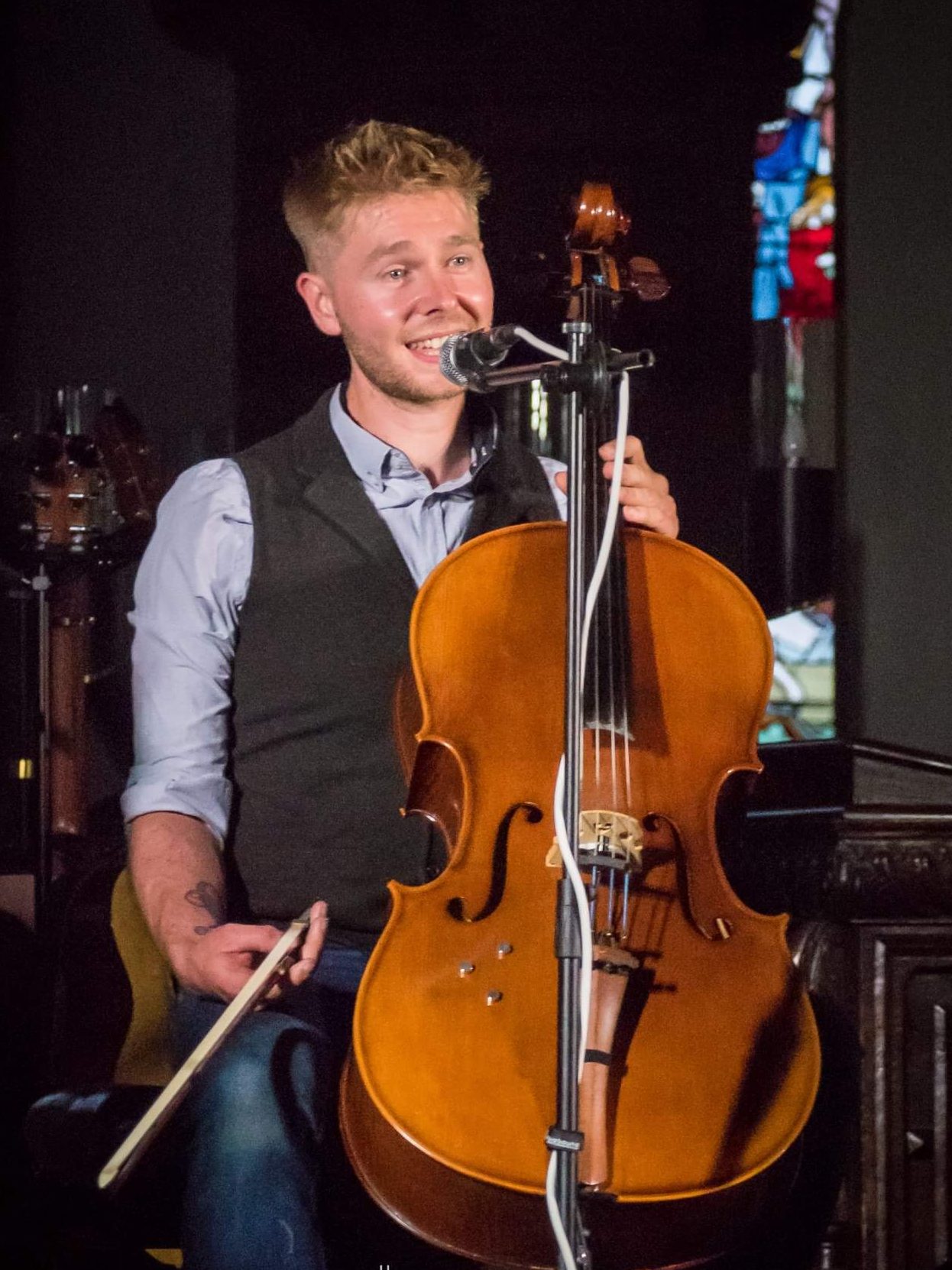Workshops and talks
Workshops and Talks
slow session workshops
Attending your first tune session can be just as overwhelming as it is exhilarating. Unfamiliar tunes rush by at lightning speed before you’ve had a chance to even figure out the key, and the other players seem to have a near psychic connection, allowing them to intuit some hidden pattern of repeats before yet another new melody takes the place of the old.
A slow session is a chance to learn the ropes at a more comfortable pace.
With sheet music provided, and demonstrations at gentle speeds before a full play-through for those who play by ear, Leo helps to demystify the world of session playing, covering everything from the concept of A/B tunes played in two repeating parts, to beginner ornamentation to help players discover accessible ways to advance their own style.
Leading from the cello, Leo can demonstrate tunes and also provide accompaniment, so every group from a fleet of fiddles to a host of tenor guitars can enjoy the session experience.
Leo’s slow sessions include a mix of music including English, Irish, Scottish, Breton and Scandinavian tunes, giving players the chance to explore a range of styles.


The baroque cello – an introduction

Leo gives regular talks on the rich history of the baroque cello filled with live musical excerpts performed on his copy of the stunning 1736 ‘Sleeping Beauty’ Montagnana cello.
For the better part of two centuries, cellists utilised a specific manner of accompaniment, one which, in recent times, has become a lost art on this instrument: the realisation of figured bass and creation of counterpoint. From the middle of the seventeenth century, the cello accompanied violinists, flautists, singers, and even other cellists with chordal accompaniment and melodic bass lines. Evidence for the practice resides in the titles of countless works, methods and treatises, and the music itself.
With the decline of figured bass in the Classical period, cellists utilised their harmonic accompanying ability in the realisation of secco recitative, in which cellists (often with the help of a double bass), not keyboardists, would realise the harmonies for the singers on stage.
Performing excerpts of cello works from across the centuries, including the singing of traditional songs with cello accompaniment, Leo will immerse you in the world of the baroque cello whilst demonstrating its similarities and differences when compared with its modern relative.